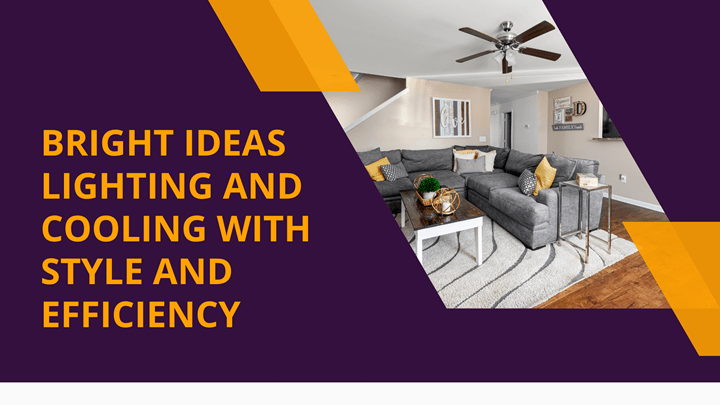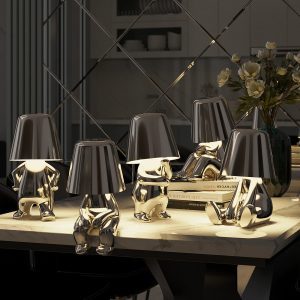In industries where flow control is crucial—such as water treatment, chemical processing, and irrigation—selecting the right valve is essential. Among the various types of flow control devices, UPVC butterfly valves stand out for their durability, corrosion resistance, and cost-effectiveness. Whether you’re managing fluids in harsh chemical conditions or designing an efficient piping system for industrial use, UPVC butterfly valve offer the optimal balance of performance, price, and reliability.
What is a UPVC Butterfly Valve?
A UPVC (Unplasticized Polyvinyl Chloride) butterfly valve is a quarter-turn rotational valve used to regulate, isolate, or control the flow of fluids through a pipeline. It consists of a circular disc mounted on a rotating shaft. When the valve is turned, the disc either blocks or allows flow through the pipeline.
Unlike metallic valves, UPVC valves are made from thermoplastic material, offering excellent resistance to chemicals, rust, and UV degradation. They are lightweight, easy to install, and are commonly used in applications where metal valves may corrode or degrade over time.
Key Features of UPVC Butterfly Valves
When choosing a valve for industrial or commercial applications, understanding its features helps in making the right decision. Here’s why UPVC butterfly valves are considered the best choice for flow control systems:
- Corrosion Resistance
UPVC is naturally resistant to a wide range of acids, alkalis, and salts, making it an ideal material for handling corrosive media in chemical and wastewater industries.
- Lightweight Design
Compared to metal valves, UPVC butterfly valves are much lighter. This not only reduces installation time and effort but also lowers transportation costs.
- Cost-Effective
UPVC butterfly valves are more affordable than metal alternatives without compromising on quality or performance, offering excellent long-term value.
- Easy Installation and Maintenance
Thanks to their lightweight body and simple design, UPVC butterfly valves are easy to install and require minimal maintenance over their lifecycle.
- Excellent Flow Control
The design allows for precise throttling and modulation of flow, offering good flow characteristics and minimal pressure drop.
- UV and Weather Resistance
UPVC valves can withstand prolonged exposure to sunlight and outdoor elements, making them suitable for both indoor and outdoor installations.
Applications of UPVC Butterfly Valves
Due to their versatility, UPVC butterfly valves are used in various industries and environments. Common applications include:
- Water treatment and distribution systems
- Irrigation systems in agriculture
- Chemical processing and transfer
- Pharmaceutical manufacturing
- Food and beverage processing
- Aquaculture and fish farming systems
- HVAC and cooling systems
Technical Specifications
Here’s an overview of the standard technical specifications found in most high-quality UPVC butterfly valves:
|
Specification |
Details |
|
Material |
UPVC Body, EPDM or FPM Seal, Stainless Steel Shaft |
|
Size Range |
DN50 to DN300 (2″ to 12″) |
|
End Connection |
Wafer type / Flanged type |
|
Pressure Rating |
PN10 / 150 PSI |
|
Temperature Range |
0°C to +60°C (32°F to 140°F) |
|
Operation Type |
Lever-operated / Gear-operated / Actuated |
|
Seal Material |
EPDM / Viton (FPM) depending on media compatibility |
|
Standards |
ANSI, DIN, JIS, ISO |
Advantages Over Metal Valves
Here’s a quick comparison of UPVC butterfly valves vs traditional metal valves:
|
Feature |
UPVC Butterfly Valve |
Metal Valve |
|
Corrosion Resistance |
Excellent |
Prone to corrosion without coatings |
|
Weight |
Lightweight |
Heavy |
|
Cost |
More affordable |
Expensive |
|
Maintenance |
Low |
High |
|
Installation |
Quick and easy |
Labor-intensive |
|
Chemical Resistance |
High |
Depends on alloy |
Why Choose PETRON THERMOPLAST FZ-LLC for UPVC Butterfly Valves in UAE?
At PETRON THERMOPLAST, we specialize in providing high-quality thermoplastic valves and piping solutions to industrial sectors across the UAE and the Middle East. Our UPVC butterfly valves are:
- Manufactured under strict quality control processes
- Available in a wide range of sizes and end connections
- Designed to meet international standards like DIN, ANSI, and JIS
- Backed by technical support and expert installation services
We work closely with industries such as chemical, water treatment, power generation, and food & beverage to supply reliable and efficient flow control components.
Installation & Maintenance Tips
To ensure optimal performance and a long service life of your UPVC butterfly valve, follow these best practices:
- Check compatibility of seal materials (EPDM or FPM) with the fluid.
- Use proper flanges and gaskets to avoid leakage.
- Do not over-tighten bolts during installation to avoid damaging the valve body.
- Flush the pipeline before installation to remove debris.
- Operate the valve periodically to avoid jamming or scale buildup in stagnant conditions.
Future Trends and Sustainability
As industries move towards sustainable and eco-friendly materials, thermoplastic valves like UPVC are gaining popularity due to their recyclability, low carbon footprint, and resistance to chemical waste. With advancements in material science, the lifespan and versatility of UPVC valves are expected to grow, making them a preferred choice for future fluid handling systems.
Conclusion
If you are looking for a durable, lightweight, and corrosion-resistant valve that offers excellent flow control, the UPVC butterfly valve is your best option. It is ideal for industries where corrosive fluids and cost-efficiency are a concern.
PETRON THERMOPLAST offers a complete range of UPVC valves, including butterfly valves, tailored to meet the demands of modern fluid management systems. Contact us today to get expert advice and competitive prices for your next project.












